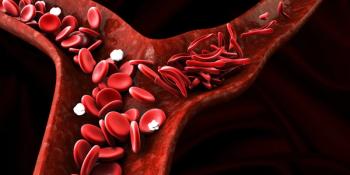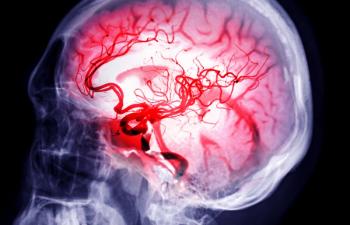
Targeted Partial Breast Radiotherapy Reduces Adverse Events in Early-Stage Breast Cancer
Targeted radiotherapy for breast cancer may improve overall quality of life and reduces side effects.
Breast cancer patients who underwent targeted radiotherapy experienced fewer adverse events (AEs) 5 years post-treatment than patients who had whole breast radiotherapy, a new study found.
In a study published in The Lancet, investigators sought to determine whether partial-breast radiotherapy targeted at the original tumor site in women with a low-risk of relapse would have less AEs compared with whole-breast radiotherapy—–the clinical standard.
“One of the challenges of treating
For the IMPORT LOW clinical trial, investigators at 30 radiotherapy centers across the UK examined more than 2000 women 50 years or older who had early-stage breast cancer and a low-risk of recurrence.
After undergoing breast conserving surgery, some patients were treated with whole breast radiotherapy, whereas others received partial breast
Women in the partial radiotherapy arm reported fewer long-term changes to the appearance and feel of their breast than those in the whole breast radiotherapy arm.
“We started this trial because there was evidence that if someone’s cancer returns, it tends to do so close to the site of the original tumor, suggesting that some women receive unnecessary radiation to the whole breast,” said first author and chief investigator Dr Charlotte Coles. “Now we have evidence to support the use of less, but equally effective, radiotherapy for selected patients.”
The authors noted that the findings showed non-inferiority of partial breast and reduced-dose radiotherapy compared with whole-breast radiotherapy in terms of local relapse in patients with
“We’re delighted that the results of this trial have the potential to lead to a real change in the way selected breast cancer patients are treated,” said scientific lead professor Judith Bliss. “The technique used here can be carried out on standard radiotherapy machines so we anticipate that these results will lead to further uptake of this treatment at centers across the country and worldwide.”
Newsletter
Stay informed on drug updates, treatment guidelines, and pharmacy practice trends—subscribe to Pharmacy Times for weekly clinical insights.





















































































































































































































